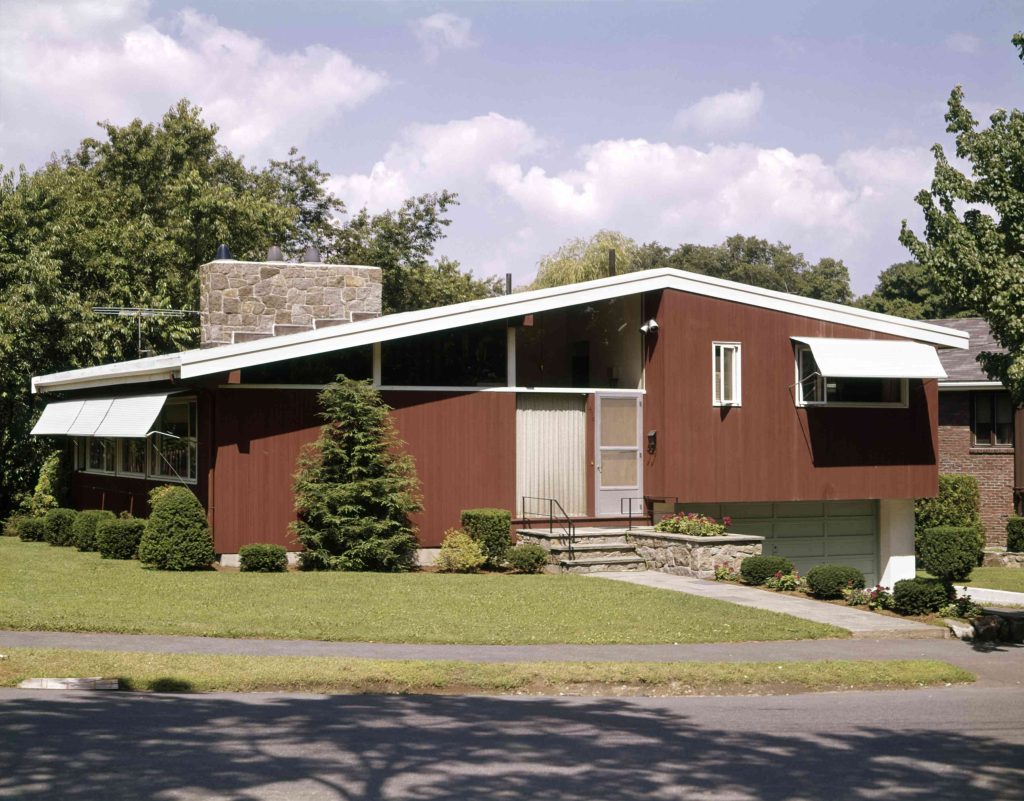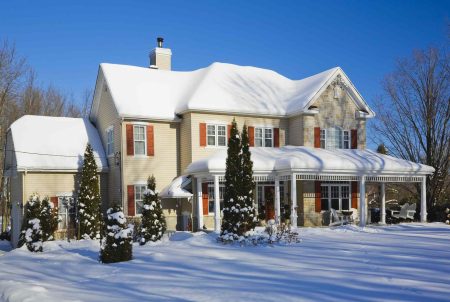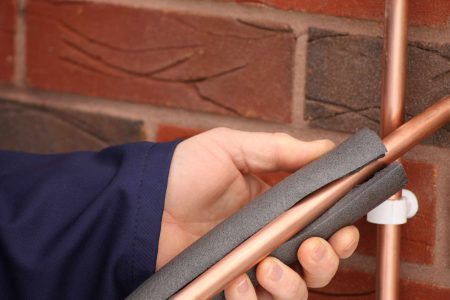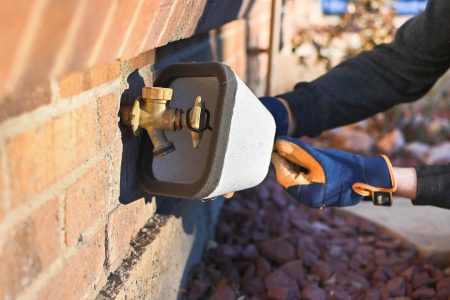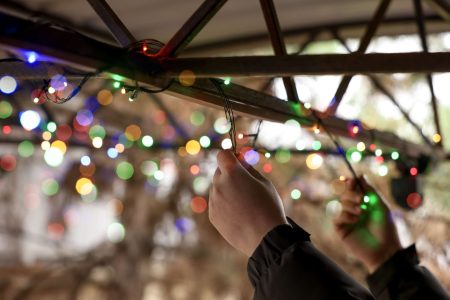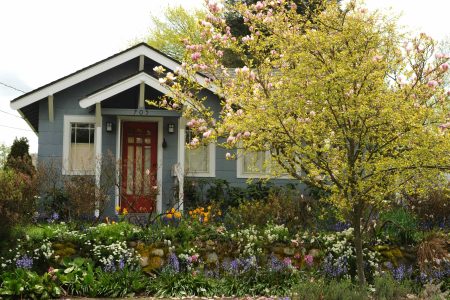For years, home remodeling was focused mostly on Victorian, Craftsman-style, or various types of Colonial architecture. Conspicuously absent was the simple ranch-style rambler, even though this is arguably one of the most purely American forms of residential architecture.
With most new home construction in the last few years avoiding the classic ranch-style home in favor of more neo-eclectic styles, the ranch-style home has now become an object of historical interest. Many buyers find these homes both affordable and less challenging to remodel than older homes heavy on ornamentation.
Tips for Renovating Rambler-Style Homes
Maintain or Create an Open Floor Plan
The original ranch-style homes often featured an open floor plan in which living areas and dining areas were combined.
But this original design feature was often lost in the mass-produced ramblers of the 1960s.
Removing interior walls to open up the floorplan is an excellent way to get back to period authenticity with these homes. You can take the classic stance of joining the dining room and living room into one space. Or use the more recent open-concept strategy of joining the kitchen, dining room, and living room into one truly great room.
Either way, this modern open-concept principle is entirely consistent with the classic ranch-style home.
Improve the Ceiling
The 1950s rambler version of this style often featured 8-foot ceilings, which can feel quite low and claustrophobic. But the original ranch-style homes from California and the Southwest often used vaulted ceilings that went all the way to the rafters.
Tearing out the ceilings in the larger living spaces and raising them is an expensive and majorly disruptive remodel that often isn’t worth it. Instead, improve the ceiling’s look with faux wood beams. If the ceilings have a popcorn texture, then remove the texture in favor of plain, painted wallboard.
Expand Horizontally, Not Vertically
Where room additions are needed, never expand upward by adding a second story—not if you want to maintain the aesthetic of a true ranch-style home. Instead, extend to the side of the house or with a T-shaped room addition off the back of the house.
Many people find that the attached garage that is part of most ranch-style homes can easily be converted into living space without compromising the architectural lines of a ranch-style home.
Make a Patio, Not a Deck
Wood decks are not perfectly in style with a genuine ranch-style home. A deck tacked onto the back of a ranch-style home is always a giveaway that this is not an accurate remodel.
Instead, build a spacious patio, providing access with large sliding glass doors. Remember, this is a home style that originated in the Southwest, so use the building materials that are common in that part of the country.
Create Larger Windows
By the 1960s, the expansive windows found in the original ranch-style homes had shrunk to small double-hung windows, partly out of concerns for energy costs.
To return your home to ranch-style authenticity, replace those small windows with more expansive ones, preferably sliders or casement styles.
Modern glazing options with double- and triple-insulated glass will make these windows much more energy-efficient than the older, smaller windows.
Replace the Doors
In the mass-produced era of the 1960s, it was common to use wood veneer hollow-core doors in ranch-style homes.
Replacing these doors with solid-wood frame-and-panel doors in a Prairie or Craftsman style—long vertical panels—goes a long way toward making your home feel like a genuine ranch-style.
Or, to save money, simply sand down the old veneer doors. After sanding, lightly stain and coat with oil-based polyurethane coating. Go easy with the sanding (use fine-grit sandpaper only), since the veneer is ultra-thin.
Simplify Trimwork
The stock ranch-home moldings sold in home centers might a bit on the plain side. But with ranch-style ramblers, you should avoid any hint of intricacy in the door or window casings and the baseboards.
Simple square-cut case moldings and baseboards, naturally finished, will make your home look authentic.
If previous owners have installed ornate crown molding or stacked baseboards in your ranch-style home, modernize your home by removing them and replacing them with streamlined trim. Since the old trim will, in most cases, be wider than the new trim, you’ll need to patch and re-paint the walls.
Maintain the Fireplace
If you are lucky enough to have a fireplace in your ranch-style home, by all means, keep it, especially if it is constructed from stone or brickwork.
If the fireplace happens to be an open-sided fireplace, visible from both sides, then you already have a very typical feature of a classic ranch-style home.
If you are doing a major remodel that involves removing walls and creating an open concept, then adding a gas fireplace with a stone or brick enclosure and floating it to divide living spaces is a great way to recreate a classic ranch-style look.
Remove the Carpet
Ranch-style homes are known for their use of natural materials and most carpeting is anything but natural. In the 1970s and 1980s it was common practice to cover hardwood or ceramic tile floors with carpeting—sometimes even in bathrooms.
If you pull up that carpeting, there is a good chance you will find a perfectly good natural floor underneath. Hardwood floors can be refinished and accented with area rugs. If you happen to have a later generation ranch-style home in which carpeting was laid over a plywood subfloor, then consider laying a ceramic tile floor—a choice that was quite common in the original Southwest ranch-style homes.
Ranch-Style Home Features
Although ranch-style ramblers appear in many different variations, there are certain hallmarks of the classic ranch-style home to keep in mind if you are shopping for a home or are planning a historically accurate renovation:
- Single story and sprawling instead of multi-story
- Long, low-pitched roofline with wide eaves
- Hip roofs and gabled roofs
- Simple, open floor plans that allow easy movement through the home
- Living areas separate from the bedroom areas
- Attached garage that can be accessed directly through the house, often straight into the kitchen
- Sliding glass doors opening onto a patio
- Patios used as entertainment and dining areas
- Windows with a large glass area, sometimes decorated with non-functional shutters
- Vaulted ceilings with exposed beams
- Exterior siding materials made of plywood, flagstone, or stucco
- Interior and exterior trim kept to a bare minimum
- Thin-profile casement or slider windows, with aluminum frames common
History of the Ranch-Style Home
The ranch-style home has its roots in Spanish colonial architecture of the 18th and 19th centuries, in which Spanish new world settlers focused on single-story homes that were easy to build using native materials.
The low, simple roof lines with wide eaves helped shade windows from intense heat in the southwest U.S., and the style lent itself to both adobe/stucco construction or framed wood where timber was available. The style now known as ranch-style was introduced in San Diego, California, in 1932, and quickly became popular throughout California and the Southwest.
Boom Period: 1950s and 1960s
By the 1950s, the style reached its peak, with nine out of every ten American homes built in this style, which was particularly well suited to post-war America’s explosion of young middle-class families.
This is the period during which the automobile became a principal focus of American life, and ranch-style architecture is responsible for attaching garages directly to the home.
No longer known as “ranch-style,” these 1950s versions more often were called simply “ramblers.” With a rapidly shrinking farm population and greater urbanization (and sub-urbanization), fewer of their owners had any connection to the origins of the style.
In many cities all across America, there are huge tracts of hundreds or even thousands of ranch-style ramblers, all constructed between the end of World War II and the mid-1960s, and all flavored by a style that originated in California.
Peak and Decline: 1960s and 1970s
In the late 1960s, American architectural tastes began to shift away from ranch homes. In the hands of mass developers, ranch-style homes had become commonplace, bland, and poorly built.
The open floor plans of the original ranch style, for example, had given way to boxy, cookie-cutter floorplans featuring many small rooms arranged around a single central hallway. Shoddy, builder-grade materials led to buyer dissatisfaction.
Rising real estate prices also played a role, with smaller lot sizes making one-story homes less practical than building upward, as with two-story structures. Soon, the principal residential architectural style in America became neo-eclectic, a style that borrowed freely from any previous architectural styles.
Ranch Style Resurgence: 1990s and 2000s
The late 1990s saw the beginning of renewed interest in the ranch-style home as young homeowners began to return to the cities and inner-ring suburbs with a focus on existing homes rather than new construction.
A rediscovered interest in the neighborhood lifestyle made tracts of ranch-style homes a natural target of like-minded families whose interests focused on parks and school. Such amenities were already present in these neighborhoods, which had been built 40 years earlier for large groups of young families.
Ranch-style homes were affordable for young families, they typically did not have the massive and expensive structural problems sometimes found in older historical styles, and they were common enough that it was easy to source materials for historically accurate remodeling.
Older homeowners were also rediscovering the merits of ranch-style homes. For older homeowners who no longer wanted to climb stairs, the single-story designs made it easy to age in place, and these neighborhoods were friendly for walking. Predictably, nostalgia kicked in for these older buyers, fueled with the popularity of TV shows like AMC’s “Mad Men.” The early 2000s were the peak of this renewed interest in mid-century modern styles.
The surge in interest for ranch-style homes came from both directions—young homeowners looking for affordable homes in clearly defined neighborhoods and downsizing older homeowners for whom the style made for easier living.
Read the full article here



